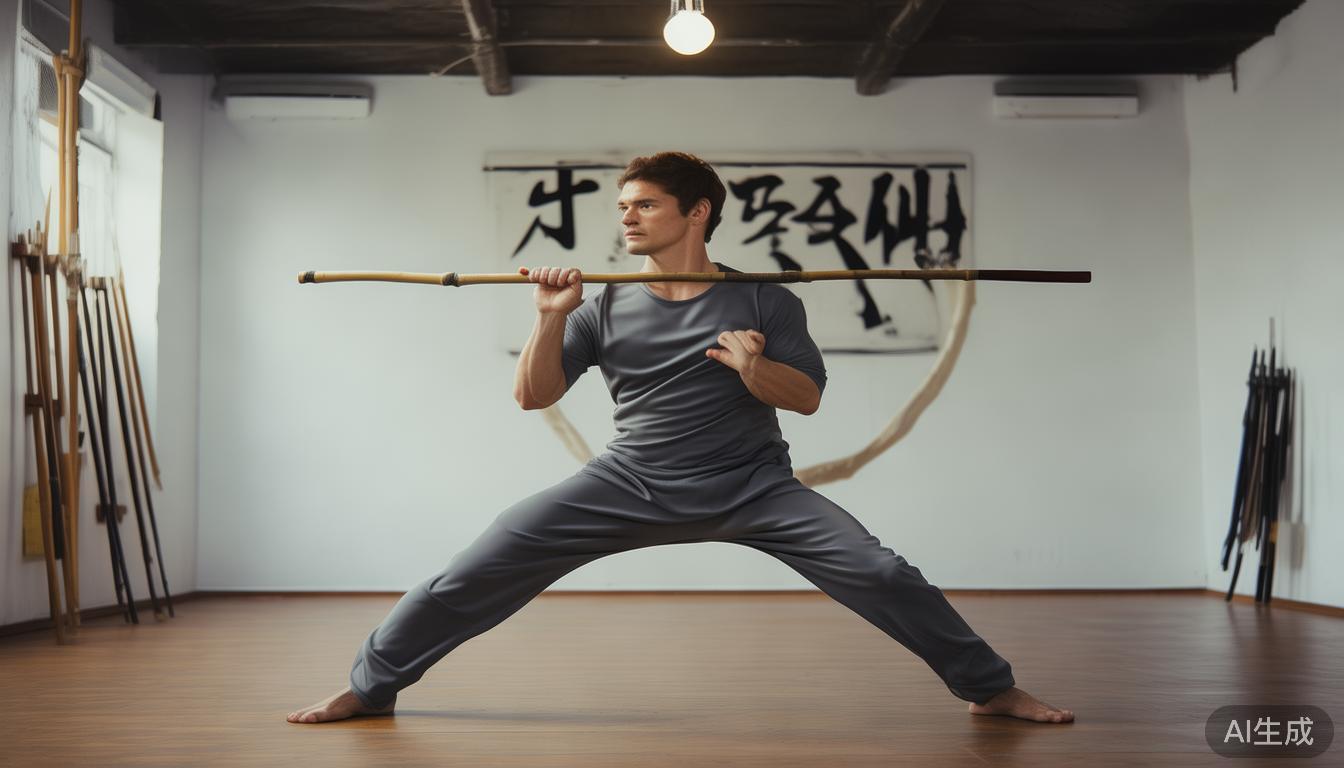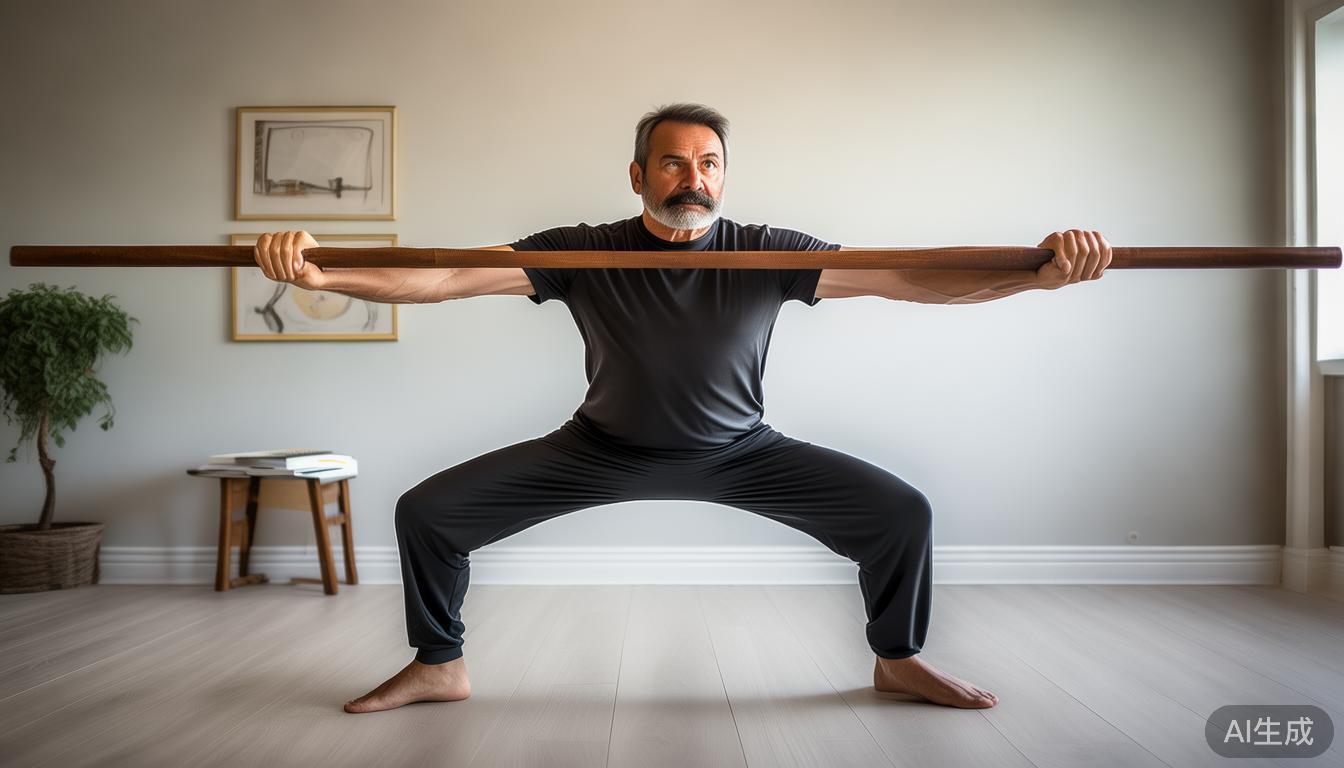Tai Chi stick is an important branch of Tai Chi equipment practice. It combines traditional Tai Chi philosophy and the wisdom of equipment use. It continues the Tai Chi concept of using softness to overcome hardness, and with the help of equipment, it helps practitioners more effectively understand the conduction of force and the coordination of the body. During my many years of practice and teaching, I have found that many enthusiasts still only have a superficial understanding of Tai Chi stick. In fact, it contains rich practice methods and practical value.
How to choose the right Tai Chi stick
When choosing a Tai Chi stick, length and weight are key factors. Generally speaking, the length of the stick should be equal to the practitioner's shoulder width, or slightly longer than the distance between the wrist and the other shoulder when the arms are open, so that balance can be maintained during practice. In terms of material, Traditional wooden sticks like ash or bamboo sticks are light and flexible, suitable for beginners. Advanced people may prefer metal sticks to strengthen strength training. The weight must be selected according to personal physical strength. If it is too heavy, it will easily lead to stiff movements, and if it is too light, it will be difficult to realize the feeling of strong penetration.
In addition to the basic parameters, the feel is also important. On the stick, the surface should be smooth and without burrs to avoid being scratched during practice. The holding position is tai chi bang , and it is best to have a subtle curve design for easy gripping and easier rotation. It is recommended to try holding it in person to feel whether the stick works and whether it can naturally drive the body to exercise. Keep this in mind, the right Tai Chi stick is like an extended arm, allowing you to get twice the result with half the effort during practice.
Tai Chi basic skills practice method

The basic skills of Tai Chi stick start from holding the stick in a stance. The key is to relax the shoulders and sink the elbows, and use the waist as the axis to move the stick; for example, when performing the "flat circle" exercise, hold both hands on both ends of the stick and rely on the rotation of the waist to guide the stick to draw a horizontal circle. This can effectively train core stability and hand-eye coordination; for 10 to 15 minutes every day, gradually understand the fit between the stick and the body, and avoid using brute force to push and pull with the arms.
Another key exercise is "Silk Winding Jin", which uses the spiral movement of the stick to simulate the Huajing and Fajin in Tai Chi. During the movements, pay attention to keeping your breath in sync with the movements, and accumulate strength when inhaling. Tai Chi Lessons , exert force when exhaling. People who are just beginning to learn can start slowly and focus on whether the trajectory of the stick is round and smooth. As the proficiency improves, they can add footwork to coordinate, such as lunges or false steps, to enhance overall coordination. These basic skills can not only improve equipment skills, but also deepen the understanding of Tai Chi principles.
What are the health benefits of Tai Chi sticks?

Practicing Tai Chi can significantly improve shoulder and neck problems and improve body flexibility. The movement of the stick requires the whole body to participate, especially the stretching and rotation of the upper limbs, which can relieve muscle tension after sitting for a long time. Many practitioners report that after regular practice, the symptoms of frozen shoulder are reduced and the body becomes more flexible. At the same time, the weight of the stick provides light resistance training, which helps to enhance bone density and enhance muscle endurance.
On a psychological level, the slow and consistent movements of Tai Chi sticks promote concentration and relaxation, thereby helping to reduce stress. When practicing, you need to have no distracting thoughts in your heart and follow the flow of the stick to enter a meditative state, which is of great benefit for regulating emotions and improving sleep quality. In addition, group practice can enhance social interaction, which can lead to a sense of belonging and happiness. If you persist for a long time, not only will your body become stronger Tai Chi Courses Online , but your mind will also become more peaceful and fulfilling.
Through Tai Chi practice, have you ever noticed subtle changes in your body and mind? Welcome to share your experience in the comment area. If you find this article helpful, please like and support it so that more people can benefit from Tai Chi wisdom.


